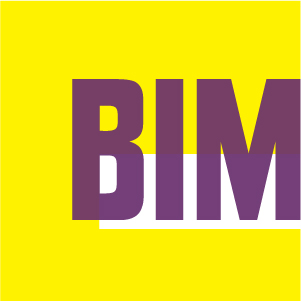James P. Barrett is the national director of integrated building solutions at Turner Construction Company, where he oversees the adoption of building information modeling (BIM) on projects.

Architectural Record: Everyone defines BIM differently. What is BIM to you?
James Barrett: Some people think BIM is a particular piece of software. But it is a set of problem-solving tools. You need to have a big toolbox so you can bring to bear the tool that makes the most sense for the task at hand.
Is BIM is changing what gets built?
There is certain software that allows the creation of shapes that wouldn’t otherwise be realized. But that isn’t where BIM is having its greatest impact. It’s producing greater collaboration and integration among members of project teams. To some extent this is a function of the fact that BIM isn’t terribly well developed. The tool is still in its infancy and there are large interoperability issues with the software. As a result, firms are almost forced to work more closely to bridge these performance gaps and overcome the problems with the transfer of models and information.
Does BIM and the integrated process you’ve described require that architects relinquish control over a project or does it allow them to have more control?
They have the opportunity for greater control. Are they taking advantage of that opportunity? Many aren’t. For many architects, construction managers, and subs, BIM is just a better way of doing what they have always done. But BIM can provide a real understanding of the parts and pieces of a building at a level of detail that a 2D documentation environment can’t. It allows an architect to be a part of the discussion with us and our trade contractors about the building’s literal assembly, not just about aesthetics and the design intent. That will affect the final product as much as anything.
Are you saying that architects should play a role in determining construction means and methods?
Yes, but there are concerns about contract forms and liability. The industry culture and the contracts that are derived from it haven’t caught up with the technology. So, when working with architects and engineers, I encourage what I call the “Las Vegas approach.” What happens in BIM stays in BIM: You recognize that mistakes will happen without letting it get in way of using the tools in new ways to produce a better product for the client. We do that by lowering our fences and engaging the architect in activities that might be considered means and methods. On the flip side, we sometimes perform services that are typically the architect’s responsibility, such as coordination. We need to share more and not worry about the risks and liabilities that tend to make us hunker down in our traditional corners. It requires a lot more communication between the design and construction industries. It is happening, but fairly selectively.



Post a comment to this article
Report Abusive Comment